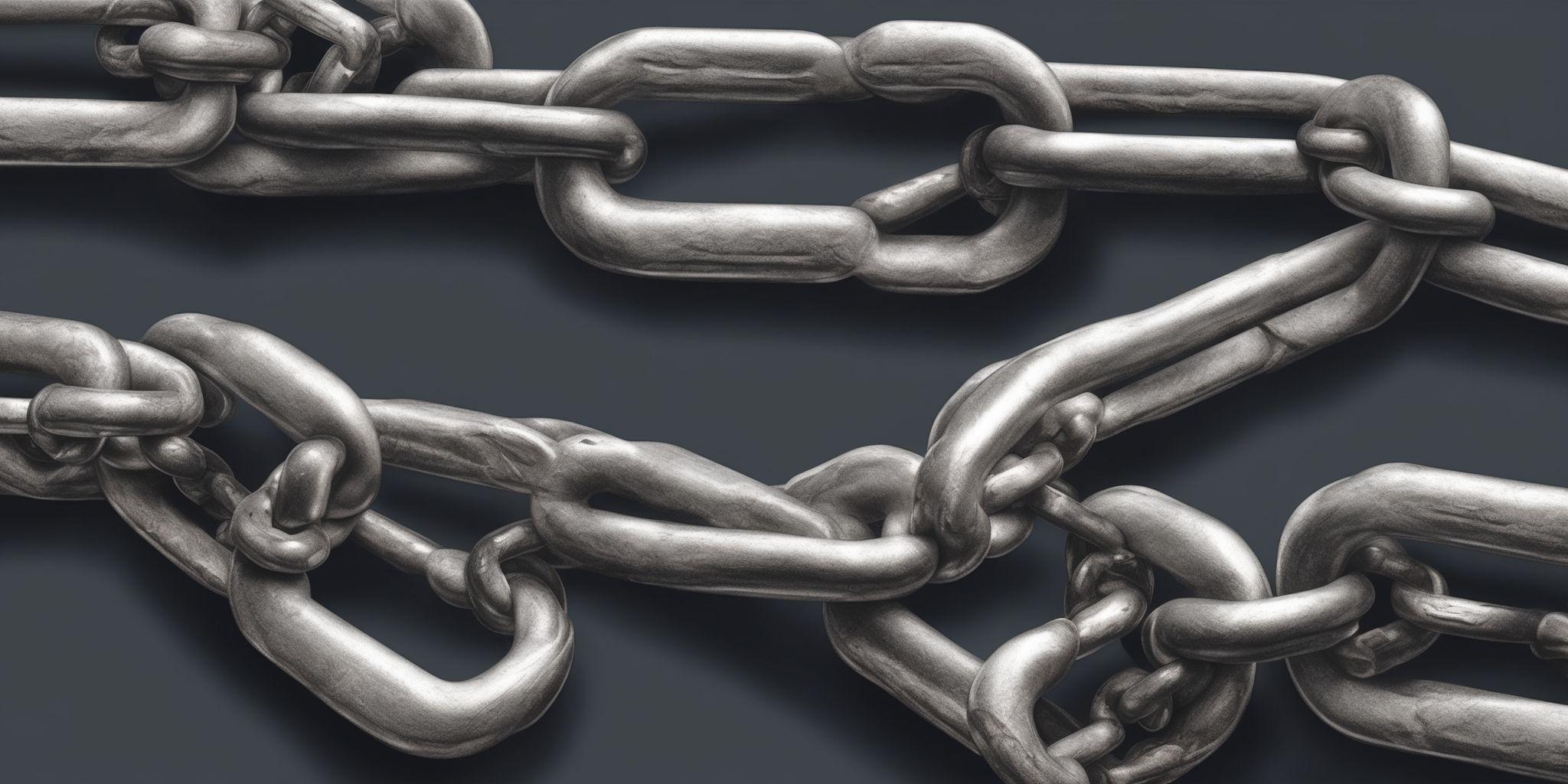Why Customer Retention Matters for Businesses
Customer retention is a crucial factor in determining a business’s long-term success. While acquiring new customers is necessary for growth, retaining existing ones is often more cost-effective and profitable. Studies show that increasing customer retention by just 5% can boost profits by 25% to 95%. Loyal customers tend to spend more, refer others, and require less marketing investment. Businesses that prioritize retention benefit from higher revenue, stronger brand loyalty, improved reputation, and lower customer acquisition costs. Additionally, returning customers provide valuable insights that help refine products and services. A strong retention strategy also fosters a competitive edge, enabling businesses to thrive even in challenging markets. By implementing effective retention strategies—such as excellent customer service, personalization, loyalty programs, and seamless experiences—companies can build lasting relationships that drive sustainable growth. This article explores why customer retention matters and how businesses can enhance it.
Understanding Customer Retention
Customer retention refers to a company’s ability to maintain strong relationships with its existing customers, keeping them engaged and loyal over time. It reflects how effectively a business encourages repeat purchases, fosters customer satisfaction, and minimizes churn—the rate at which customers stop doing business with a company. Providing customers with easy access to relevant resources through tools like knowledge base software can enhance their experience and build trust. High retention rates indicate strong brand loyalty, while high churn rates may point to gaps in value delivery or communication.
Businesses measure retention using key metrics such as:
- Customer Retention Rate (CRR): The percentage of customers who continue doing business with a company over a given period.
- Customer Lifetime Value (CLV): The total revenue a company expects to earn from a customer throughout their relationship.
- Churn Rate: The percentage of customers who stop purchasing or subscribing within a specific timeframe.
Understanding these metrics helps businesses implement strategies to improve retention and long-term profitability.
Why Customer Retention Matters
1. Higher Profitability
One of the most compelling reasons businesses should focus on customer retention is its direct impact on profitability. Studies suggest that increasing customer retention by just 5% can boost profits by 25% to 95%. This is because returning customers are more likely to make repeat purchases, spend more per transaction, and require fewer marketing efforts to convert.
Acquiring a new customer is estimated to cost five to seven times more than retaining an existing one. Retention efforts reduce the need for expensive advertising and promotional campaigns to attract new customers.
2. Stronger Brand Loyalty
Loyal customers not only continue purchasing from a business but also become brand advocates. They provide word-of-mouth marketing, which is one of the most trusted forms of advertising. Studies show that 92% of consumers trust recommendations from friends and family over traditional advertisements.
Brand loyalty is especially critical in competitive industries where customers have numerous alternatives, making product stickiness a key factor in retaining long-term users. A strong retention strategy fosters trust, ensuring that customers stick with a company even when competitors offer similar products or services.
3. Increased Customer Lifetime Value (CLV)
CLV represents the total revenue a business can generate from a customer over their entire relationship. The longer a company retains a customer, the higher their CLV. Businesses with a high CLV benefit from steady revenue streams and reduced customer acquisition costs.
For example, a subscription-based business that retains customers for multiple years will generate significantly more revenue than one with a high churn rate.
4. Cost Efficiency
Retaining customers is more cost-effective than acquiring new ones. New customer acquisition requires substantial investments in advertising, promotions, and lead nurturing. In contrast, existing customers already know the brand, reducing the need for extensive marketing efforts.
Additionally, satisfied customers often make referrals, bringing in new customers at little to no cost. Referral programs, loyalty incentives, and excellent customer service contribute to a self-sustaining growth cycle.
5. Competitive Advantage
Businesses with strong customer retention rates have a competitive edge over rivals that focus primarily on acquisition. A loyal customer base provides a stable revenue foundation, allowing businesses to withstand economic downturns and industry disruptions.
Companies like Apple and Amazon have mastered customer retention, leading to industry dominance. Apple’s ecosystem keeps customers invested in its products, while Amazon’s Prime membership program fosters long-term loyalty.
6. Better Customer Insights
Retaining customers allows businesses to gather valuable data on customer preferences, behavior, and purchasing patterns. This data helps companies personalize marketing efforts, improve products, and create better user experiences.
For example, e-commerce platforms use past purchase data to recommend products that align with customer preferences, increasing the likelihood of repeat sales.
7. Improved Customer Experience
Customer retention strategies often involve enhancing the overall customer experience. Businesses that focus on retaining customers prioritize quality service, responsive support, and consistent value delivery.
A superior customer experience leads to higher satisfaction rates, stronger brand relationships, and reduced churn. Happy customers are more forgiving of occasional mistakes, making it easier for businesses to recover from setbacks.
Effective Customer Retention Strategies
To improve retention rates, businesses must adopt a customer-centric approach. Below are some proven strategies for increasing customer retention.
1. Deliver Exceptional Customer Service
Exceptional customer service is one of the most powerful tools for retaining customers. When customers feel heard, valued, and supported, they are more likely to remain loyal. Studies reveal that 89% of customers switch to competitors after a poor service experience, making it essential for businesses to respond quickly to inquiries and resolve issues efficiently. Companies should offer multiple support channels—such as phone, email, and live chat—to accommodate customer preferences. Staff should be well-trained in handling concerns empathetically and effectively. Follow-ups to ensure satisfaction show customers that their happiness is a priority, fostering long-term trust and loyalty.
- Arvind Rongala, CEO of Edstellar.
2. Personalize Customer Interactions
Personalization enhances the customer experience by making interactions feel more meaningful and tailored. Today’s consumers expect businesses to understand their preferences and provide relevant offers or recommendations. Companies can use customer data to send personalized emails, suggest products based on past purchases, or provide birthday discounts and exclusive deals. Addressing customers by name and recognizing their loyalty shows that a business values the individual, not just the transaction. This personalized approach builds emotional connections, increases engagement, and encourages repeat purchases. When customers feel seen and appreciated, they’re more likely to stay loyal to a brand that feels like it truly knows them.
- Paul Posea, Outreach Specialist at Superside.
3. Implement a Loyalty Program
Loyalty programs are a proven way to incentivize repeat business and reward customer dedication. These programs encourage customers to keep coming back by offering points, perks, or exclusive benefits. A simple points-based system lets customers earn rewards for purchases, while tiered programs provide VIP experiences for top spenders. Referral-based rewards can also turn satisfied customers into brand ambassadors. Popular brands like Starbucks and Amazon Prime have used loyalty programs to create stickiness in the customer relationship. These initiatives not only drive revenue but also make customers feel valued and appreciated, strengthening their emotional attachment to the brand over time.
- Robert Grunnah, Owner of Austin House Buyer.
4. Engage Customers Through Content Marketing
Content marketing is a powerful way to keep customers engaged, informed, and connected to your brand. By consistently offering value through educational blog posts, how-to videos, helpful guides, or entertaining social media content, businesses can position themselves as trusted experts in their industry. Email newsletters with relevant updates and personalized offers keep your brand top-of-mind. Interactive content such as polls, quizzes, or live Q&As can also drive engagement and foster stronger relationships. Engaged customers are more likely to remain loyal because they see the brand as not just a seller, but a source of ongoing value and insight.
- Gil Dodson, Owner of Corridor Recycling.
5. Request and Act on Customer Feedback
Actively seeking customer feedback shows that a business values its customers' opinions and is committed to continuous improvement. Businesses should use tools like a form builder for post-purchase surveys, online reviews, and Net Promoter Score (NPS) to understand customer satisfaction and identify pain points. But gathering feedback is only the first step—what matters most is taking action. Implementing changes based on customer suggestions demonstrates responsiveness and builds trust. Addressing complaints quickly and openly can even turn dissatisfied customers into loyal ones. When customers see that their input leads to real improvements, they feel more connected to the brand and are more likely to stay.
- Anupa Rongala, CEO of Invensis Technologies.
Conclusion
Customer retention is a powerful and often underestimated driver of long-term business success. It not only boosts profitability but also builds strong brand loyalty, lowers customer acquisition costs, and creates a sustainable competitive edge. Loyal customers are more likely to make repeat purchases, refer others, and engage with a brand over time, making them significantly more valuable than one-time buyers. By implementing proven strategies—such as delivering exceptional customer service, offering personalized experiences, launching effective loyalty programs, and engaging through content marketing—businesses can nurture lasting customer relationships.
In an increasingly saturated market, focusing solely on acquiring new customers is no longer enough. Retaining existing customers ensures a steady revenue stream and builds brand advocates who contribute to growth organically. Ultimately, customer loyalty is one of the most important assets a business can cultivate, providing stability, trust, and long-term success in any industry.


